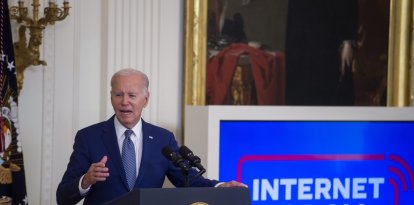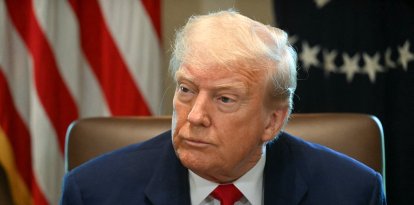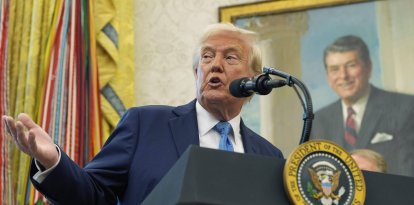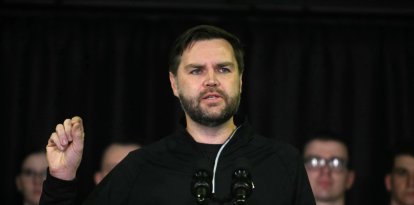The story behind the State of the Union address: From Jefferson's sobriety to Wilson's modern show
President Washington started the tradition in 1790 and since then almost all heads of state have continued to report to Congress.
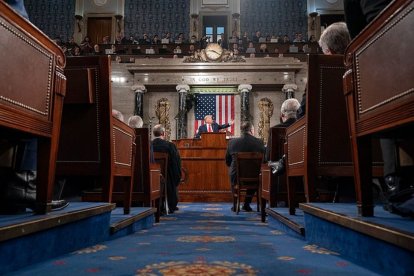
Wikimedia Commons
"Mr. Speaker, the president of the United States!" is perhaps the most famous cry in American politics. The expression is heard once a year exclusively for the State of the Union event. It is a speech that the president gives before the full Congress and is attended by the entire cabinet, members of the Supreme Court, the Navy and multiple special guests. Its popularity is such that both the name of the event and the event itself have starred in several series and movies. With this behind us, it is valid to ask the following question: What is the State of the Union?
George Washington first started the tradition in 1790, and it has continued throughout the centuries. Hours before a new edition by Joe Biden, this is the story behind the event.
The origin of the speech is the Constitution itself. In Section III of Article II, rest the following words about the president: "He shall from time to time give to the Congress Information of the State of the Union, and recommend to their Consideration such Measures as he shall judge necessary and expedient."
The first president in the country's history was the first to give the speech before Congress. John Adams was not far behind and was the one who finished shaping the tradition. Both of them came down to earth "from time to time" established by the Constitution, as they appeared annually on Capitol Hill with their mound of papers ready for action.
It didn't take long for the custom to be broken, and the man responsible was Thomas Jefferson. The third president was not exactly a fan of this speech since he preferred to be known as a writer rather than an orator. Indeed, only two public speeches were recorded during his presidency. He didn't want anything to do with going to Congress, so for each State in the Union, he sent the text to be read live by another person.
Later, leaders took up Jefferson's glove. They sent their speeches by hand and were not even seen at the door of Congress. Again, another president chose to change the dynamic.
The modern State of the Union
Woodrow Wilson came to power in 1913, taking advantage of the Republican Party's division. With Theodore Roosevelt and William Howard Taft running separately, Wilson became the first member of his party to hold the White House since Grover Cleveland.
Whoever wrote the famous "Wilson's 14 Points" resumed Washington's custom and returned to Congress in person. He established the modern modus operandi with a triumphant entrance at the beginning of the speech. This dynamic was born just months after he took office in December 1913.
Since then, the only president who did not give his State of the Union address in person was Herbert Hoover, who also did not enjoy public speaking and preferred to send everything in writing.
Until 1923, it was common for citizens to find out what the president said during the following days or weeks since there was no immediacy in the news as we know it today.
The speech was first broadcast by radio to a large part of the country in 1923. Therefore, the first voice that millions of people heard giving the speech was that of Calvin Coolidge, who happened to be making his debut at the podium. Years later, in 1947, Harry Truman was the first president to appear in Congress on television.
From its inception until 1946, the event was known as 'Annual Message,' when the name officially changed to 'State of the Union.'
What is the purpose of the State of the Union address?
Just like its name and its dynamics, the usefulness and importance of the speech also varied over the years. For example, the House of Representatives website states that before the 19th century, "the Annual Message was both a lengthy administrative report on the various departments of the executive branch and a budget and economic message."
Everything changed with Wilson, who changed the speech into a "platform for the president to get support for his agenda." Of course, this also comes with heavy, prepared rhetoric, surgically crafted to sweeten anyone's ears.
Writing the speech can take months, and we must add a few more hours in which the president rehearses live with his team. Legend has it that by the time the head of state is finally at the podium in front of Congress, his aides have already memorized the entire speech.
RECOMMENDATION
